How to prune fruit trees? You might be wondering, unlike my home decor blogs, this one is completely putting it in a different direction. But, the truth is, this is one of the parts of our building project.
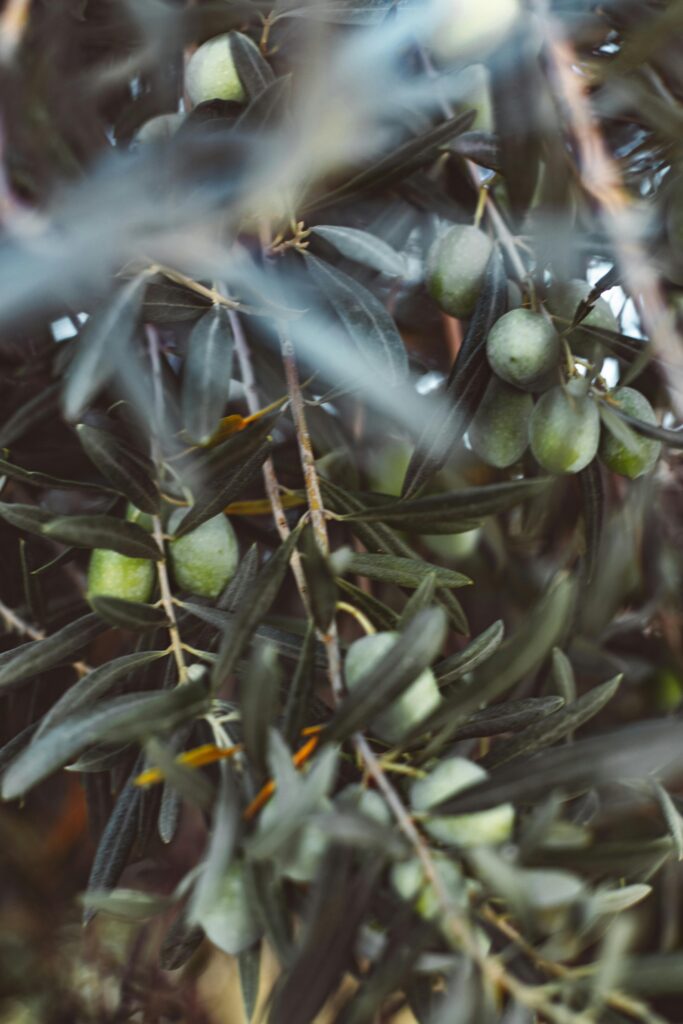
Just a quick recap
We are building our dream home from scratch. We got our property back in January 2024 and are gradually but steadily achieving even a tiny milestone of building it with love and care.
Since we have been on our toes for the past couple of months, we didn’t realize and were completely clueless that we had this lonely and mysterious pear tree growing on the edge of the property, loaded with fruit that started to rot.
Presently, this pear tree seems like it has never been pruned and is in rough shape, which means that I have to take this DIY job into my hands and make it healthy and happy.
So far, I have been giving it cutbacks and chopping its branches that are probably not enough, yet I am still hoping to make it healthier so we can get actual edible pears.
Here I am explaining why to do so.
Pruning fruit trees
For the healthy growth of trees, pruning is essential to prevent diseases and ensure increased production of fruits. Other than that, pruning maintains a balanced structure and prevents the branches from breaking fruit weight.
Now here is the crucial point when and how to prune? Well, it depends on the fruit you are harvesting and your climate.
Pro Tip: The best time to prune fruit trees when the tree is dorment, winter or early spring.
How to Prune Fruit trees?
Before you begin with the pruning process, don’t forget to wear your gardening gloves. I use Lanon Gardening Gloves. They are breathable and ensure comfort.
Winter Pruning; Late Winter-Early Spring
Dormant season; late winter and early spring are ideal times for pruning as cutting on the tree branches is less stressful. During this time, you can prune pear trees, apple trees, plum trees, and cherry trees. For plums, prune them only if it is necessary otherwise, prune them in summer.
Tip: Prune on a dry day; a mild day as it will prevent infection related to moisture.
Fiskars Bypass Pruning Shears, 5/8 inches come in handy for cutting and trimming dead branches and ensuring proper airflow.
Summer Pruning (After Fruit Set, Typically Late June to August)
Summer pruning is comparatively less aggressive and mainly used for maintenance and recovery. It helps to control overly vigorous growth and enhances fruit ripening.
During summer, you can prune peach trees, apricot trees, cherry trees, and plum trees.
Tip: Avoid heavy pruning in summer, as it can stress the tree during hot months.
Avoid Pruning in Late Fall
Pruning in fall can encourage new growth that won’t harden before winter, making trees vulnerable to frost damage. This is not a good time to plant a new fruit tree. In fact, if necessary, remove only dead or diseased branches during this time of your existing trees.
How to Prune Fruit Trees? Step-by-Step Guide
First thing first, you need to
1. Get Your Tools Ready
Using the right tools ensures clean cuts and prevents damage. Here’s what you’ll need:
- Hand pruners – For small branches under ½ inch thick
- Loppers – For branches ½ to 1 ½ inches thick
- Pruning saw – For large branches over 1 ½ inches thick
- Disinfectant spray or rubbing alcohol – To clean tools between cuts and prevent disease spread
2. Remove Dead, Diseased, or Damaged Wood
This is necessary as it can block the air. Start by cutting away any branches that are
- Clearly dead or brittle
- Showing signs of disease (blackened or spotted bark)
- Broken from wind or heavy fruit load
To cut dead branches, Tabor Tools Anvil Lopper can cut 2-inch cutting capacity. However, if your fruit tree is rough in shape, start pruning by trimming the tree first using a pole saw.
3. Open Up the Canopy
For better airflow and sunlight penetration, prune away branches that:
- Cross over each other
- Grow inward toward the center of the tree
- Are excessively dense
This helps in improved airflow, reduces fungal diseases and promotes even ripening.
4. Maintain Shape and Size
To give your fruit tree a good shape, you need to maintain it by cutting and removing excess branches.
- For young trees, prune to establish a strong framework (central leader or open-center shape).
- For mature trees, maintain the existing shape by removing overly long or awkward branches.
- Avoid removing more than 25% of the tree’s branches in one season to prevent stress.
5. Encourage Fruit Production
Prune excess vertical shoots (water sprouts) – these sap energy but don’t bear fruit. Trim long, non-fruiting branches to focus growth on productive areas. Thin out crowded fruiting spurs on apple and pear trees to avoid small, underdeveloped fruit.
6. Disinfect and Protect
The final and most important step is to disinfect. Keep in mind that always disinfect pruning tools between trees to prevent disease spread.
If cutting larger branches, apply an organic pruning sealant like Beeswax Tree Balm to protect from pests and moisture.
Tools for Pruning Fruit Trees
How to Remove Lichen and Moss from Fruit Trees
Lichen and moss can grow on fruit trees, especially in damp or shaded areas. While lichen is not harmful, excessive moss can retain moisture and promote rot, that is why you need to ensure that your fruit tree is saved from it.
Here are a few organic techniques through which you can get rid of it.
Solutions for Lichen and Moss Removal
- Baking Soda Spray
Use baking soda as its chemical properties are so strong that alters the pH of the bark, discouraging lichen and moss growth.
Here is a DIY Recipe with the ingredients that are easily available at home.
- 2 tablespoons baking soda
- 1 gallon of water
- A few drops of natural dish soap
Or you can make this solution by taking equal parts of vinegar and water and spraying them onto affected areas during dry weather.
2. Lime Sulfur Spray
Another solution is Lime sulfur spray. This is an effective organic treatment for moss and lichen, commonly used in late winter. One of the most popular OMRI-certified (Organic Material Review Institute certified) brands is Bonide Lime Spray which is widely used and preferred.
3. Horticultural Vinegar
This is a strong vinegar solution (20% acetic acid) that can break down lichen. Apply carefully to avoid damaging the bark.
This is what I used on my pear trees. You can catch the full process on Instagram @theshelleystyle
4. Copper or Neem Oil Spray
Another option for dealing with Copper-based sprays, like Monterey Liqui-Cop, helps prevent moss buildup while also controlling fungal diseases organically without using harmful chemicals. Neem oil can also be used as a preventive measure.
5. Physical Removal
The last option is its physical removal. This is suitable for small patches, gently scrub moss away with a soft brush and avoid damaging the bark.
Here is a glimpse of me pruning my lonely pear tree.
All of this has inspired me to make a pear dessert. I can’t wait to ripe fruits from my this pear plant and make this dessert with it. Till then, you can enjoy this recipe by using Anjou USA Pears.
Some Inspirations for Easter Decor From My Storefront
You can also take inspiration from My Blog Hop Girlies; check out their amazing blogs
D’Arcy @darcyvandenberg , Stephanie @home_has_my_heart, Cindy @lululoves7_ , and Dawn @partytildawn


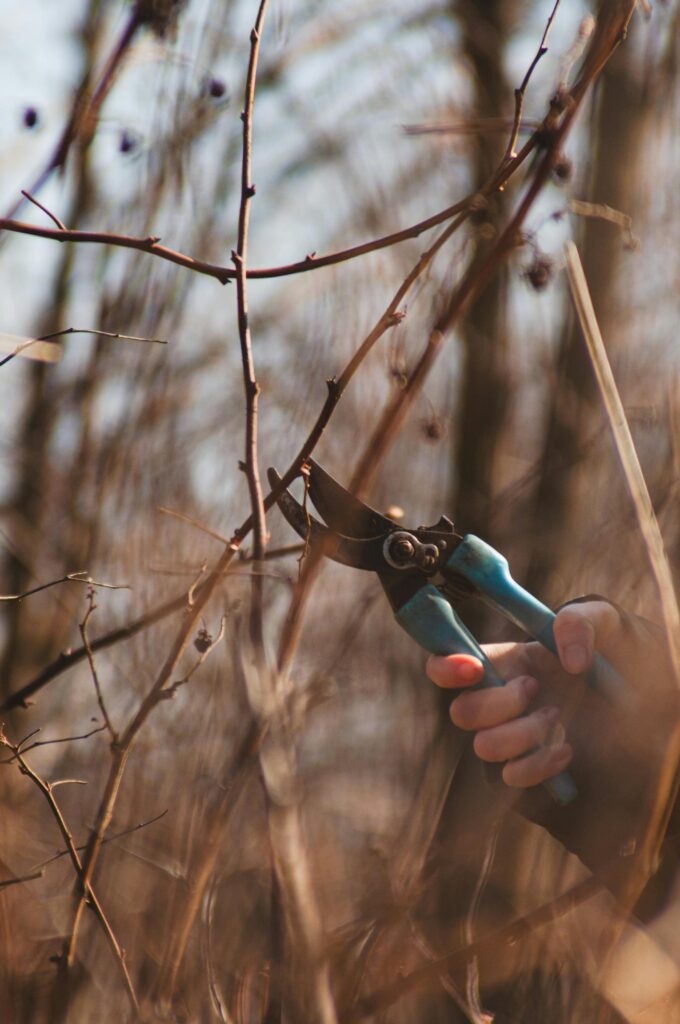
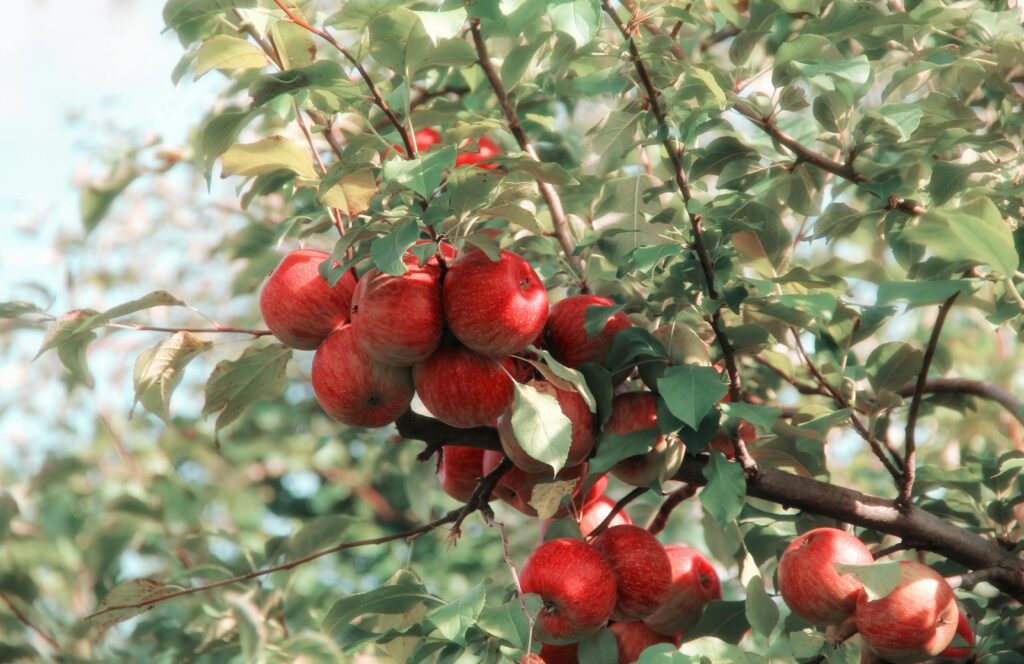
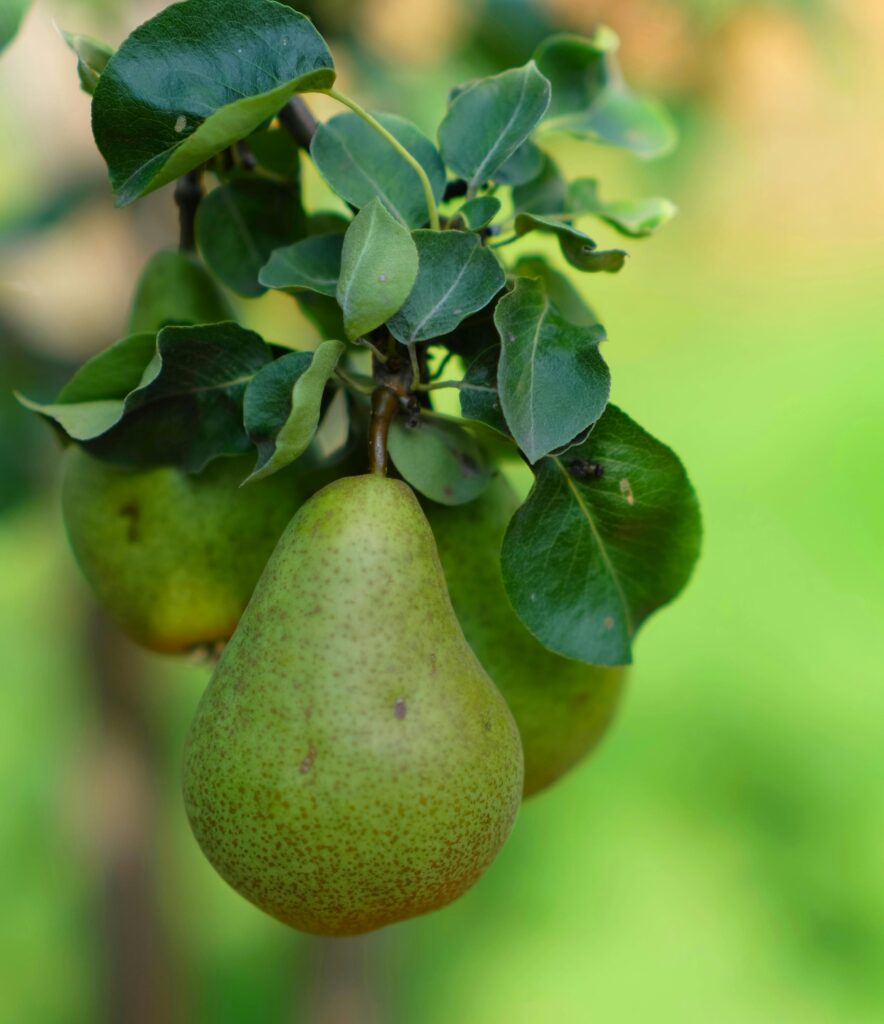
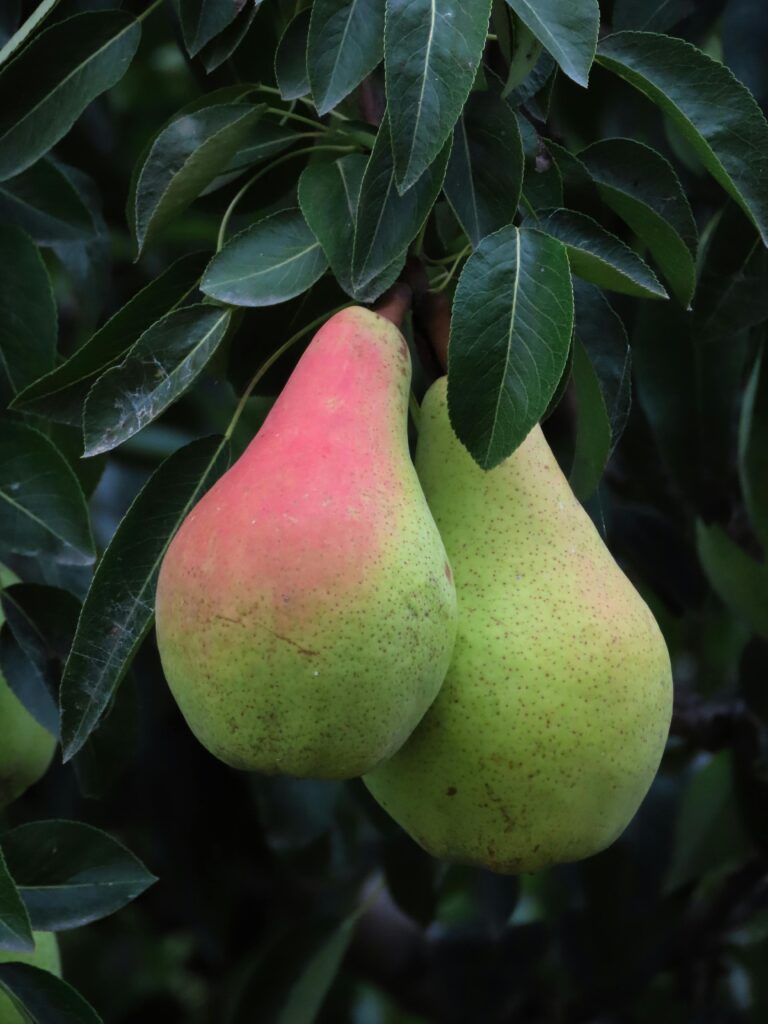
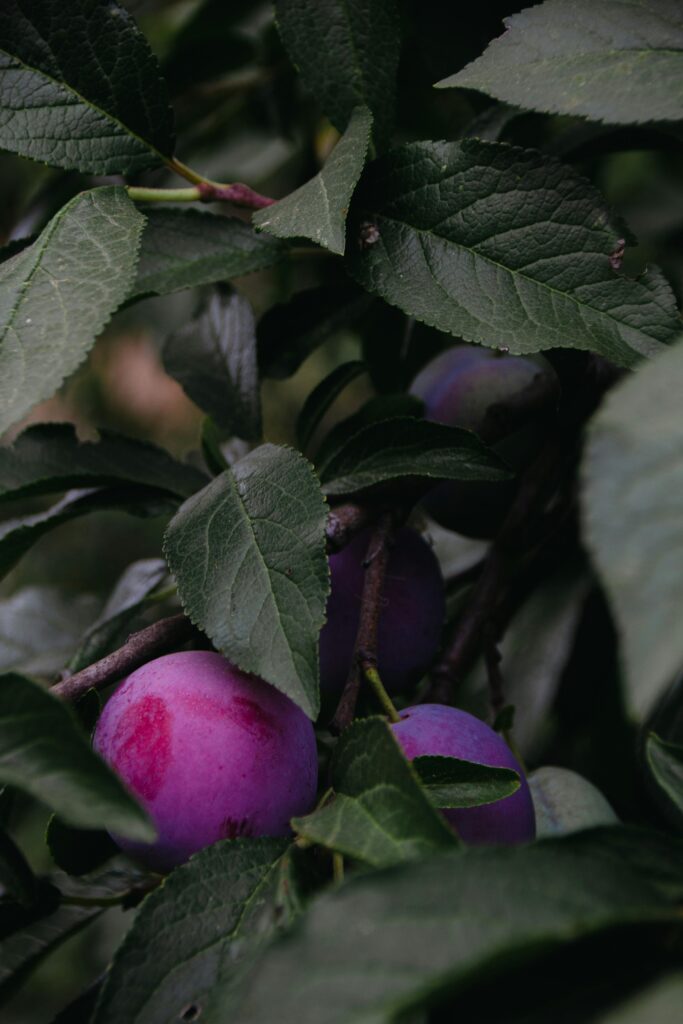
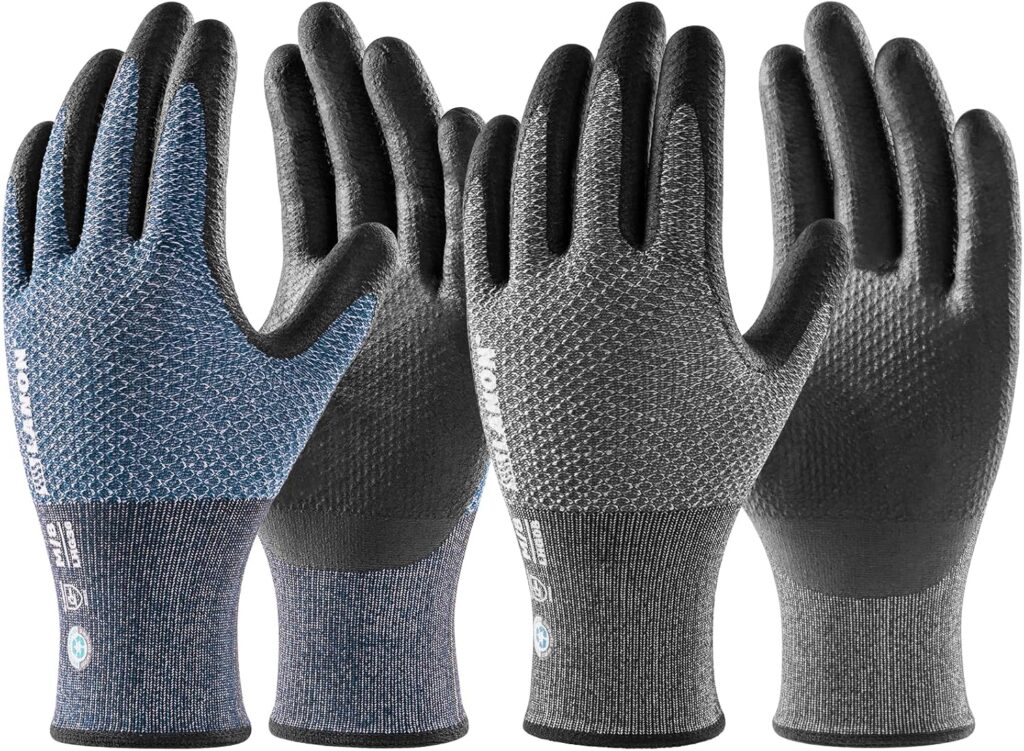
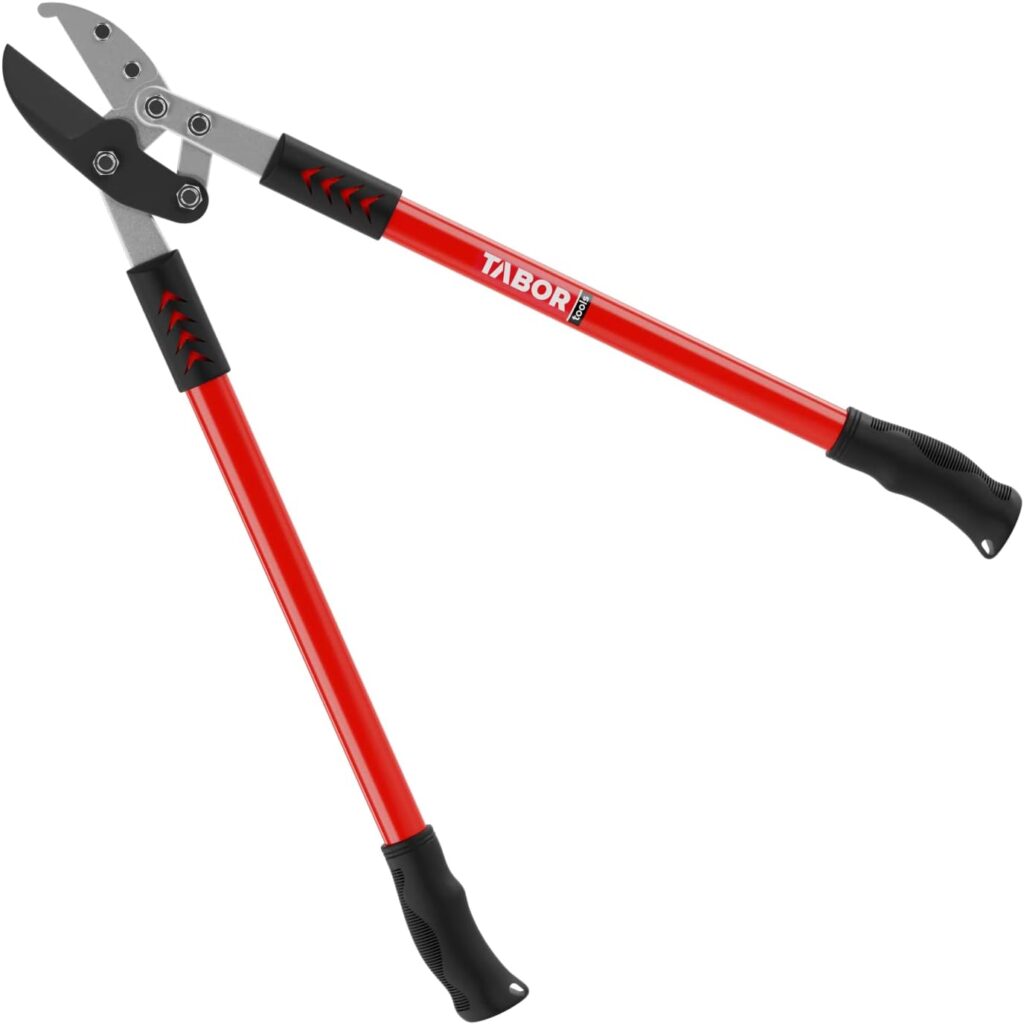
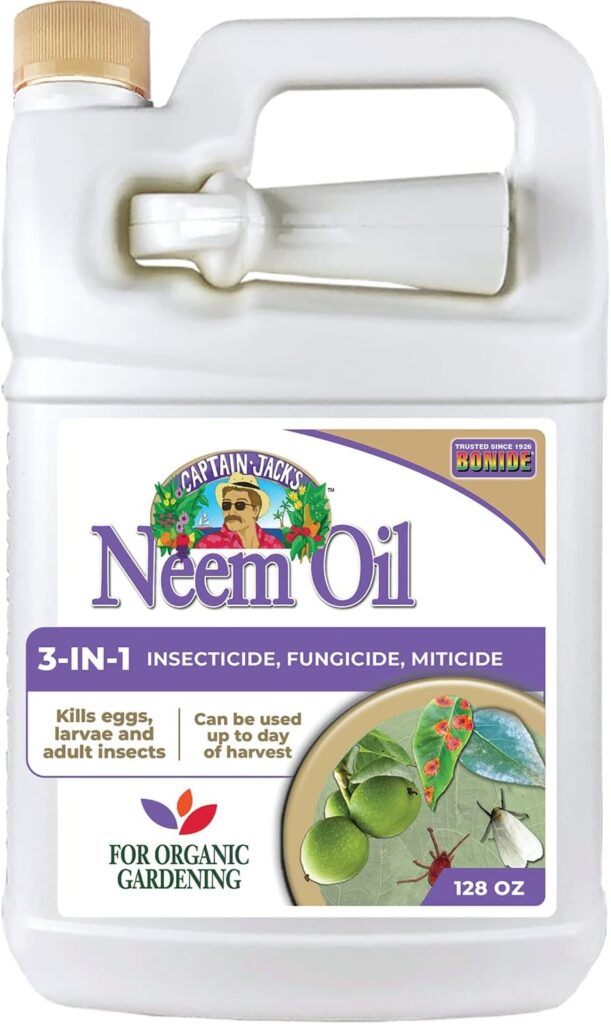
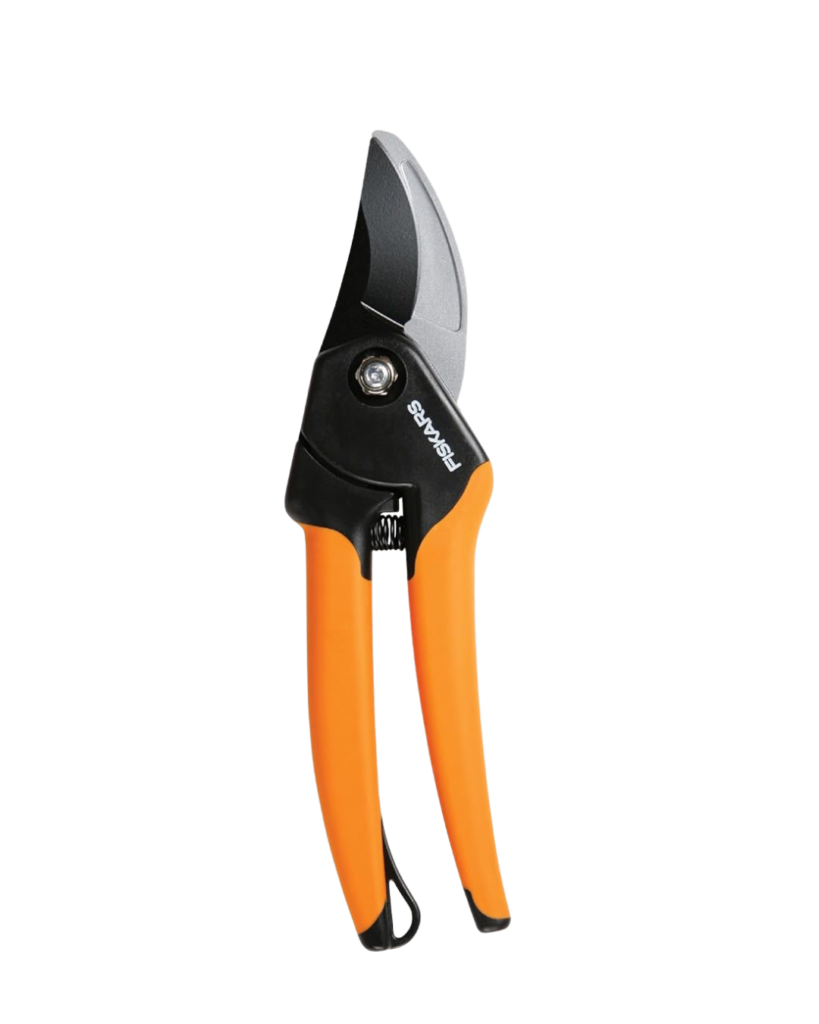
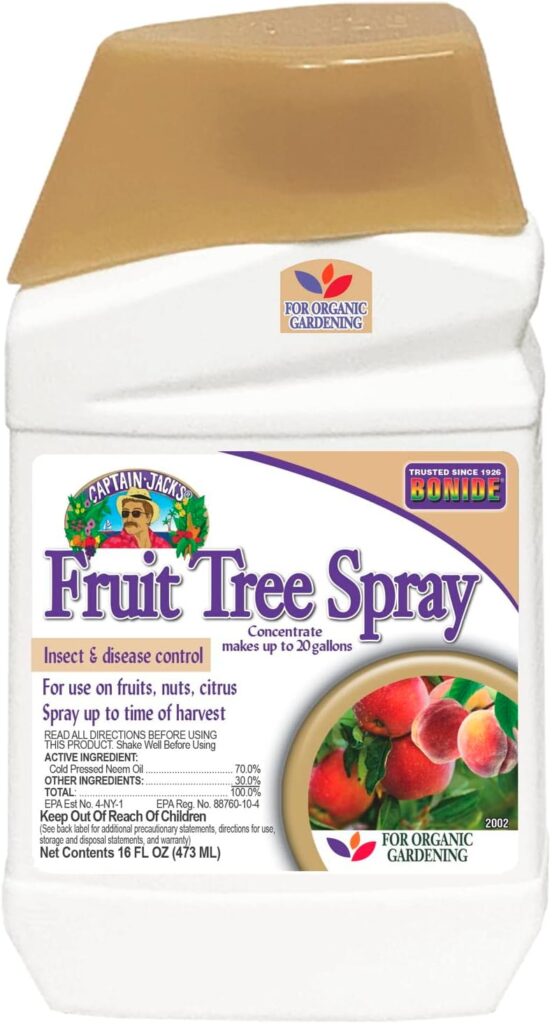
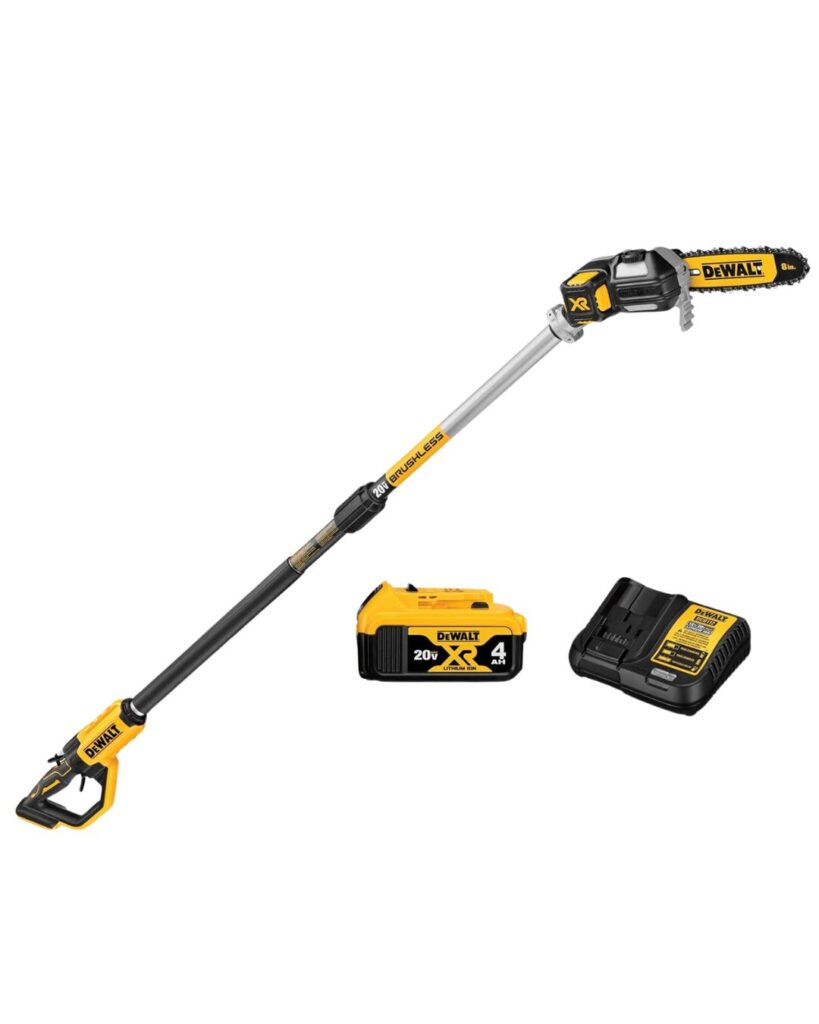
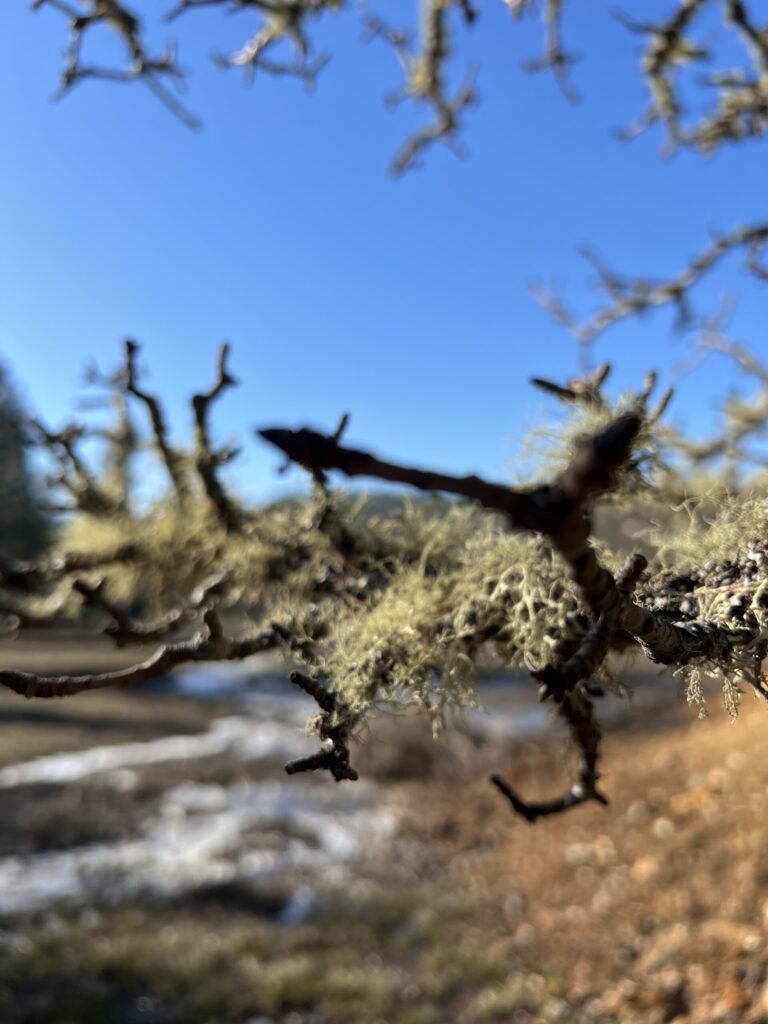
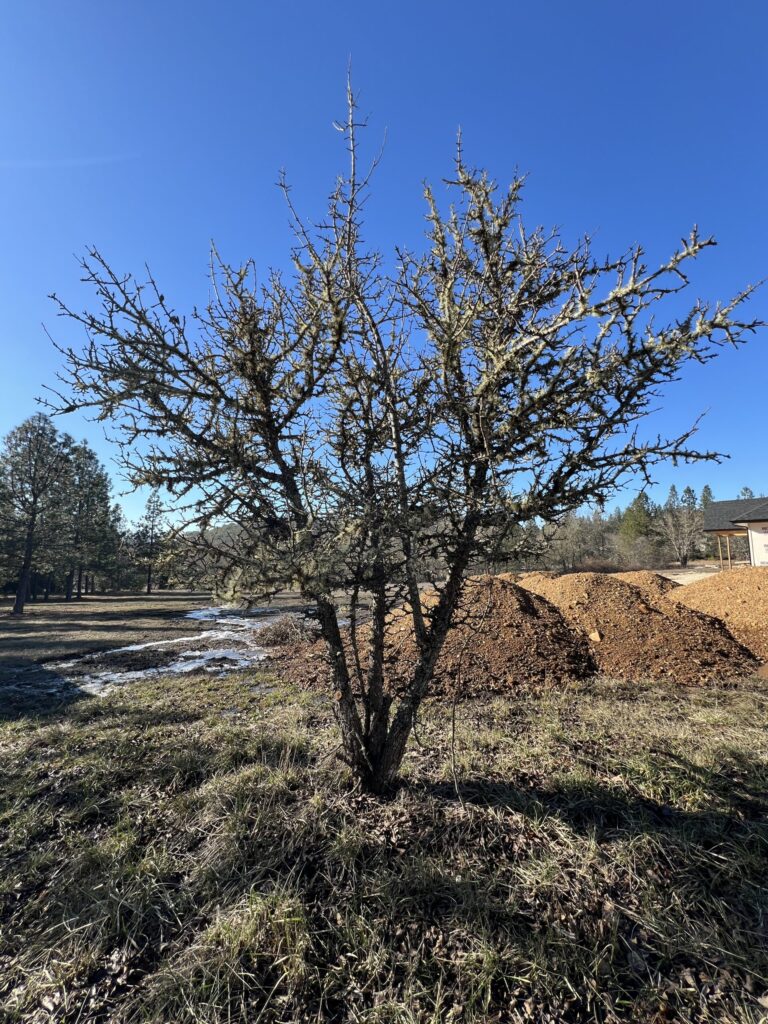
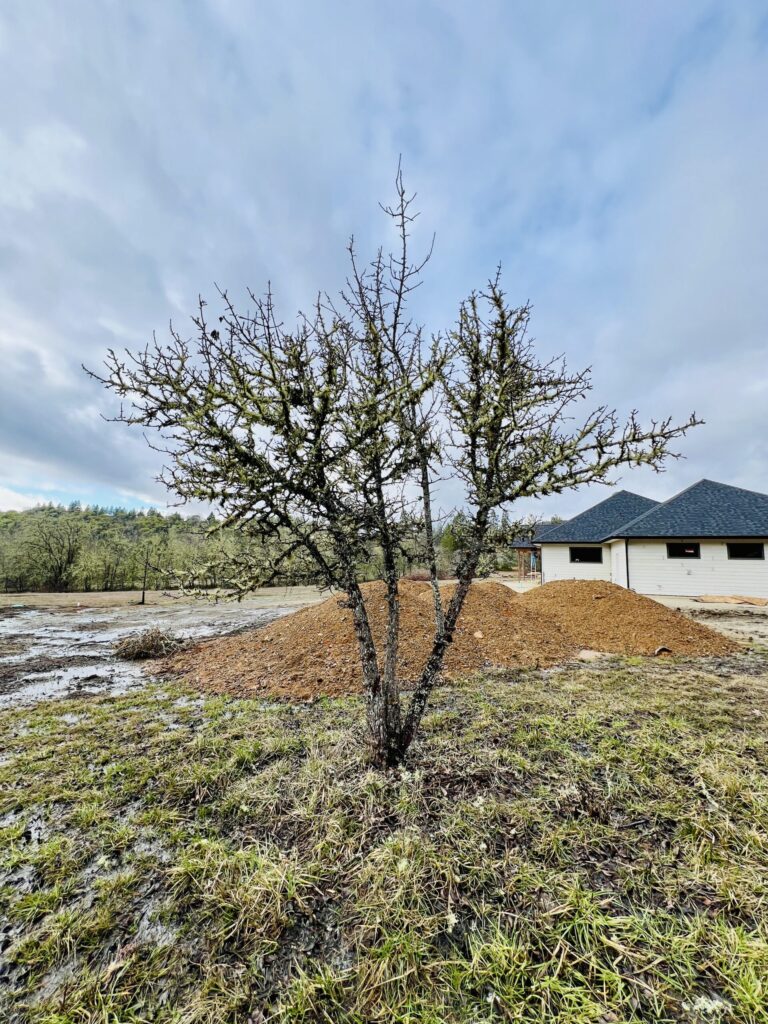

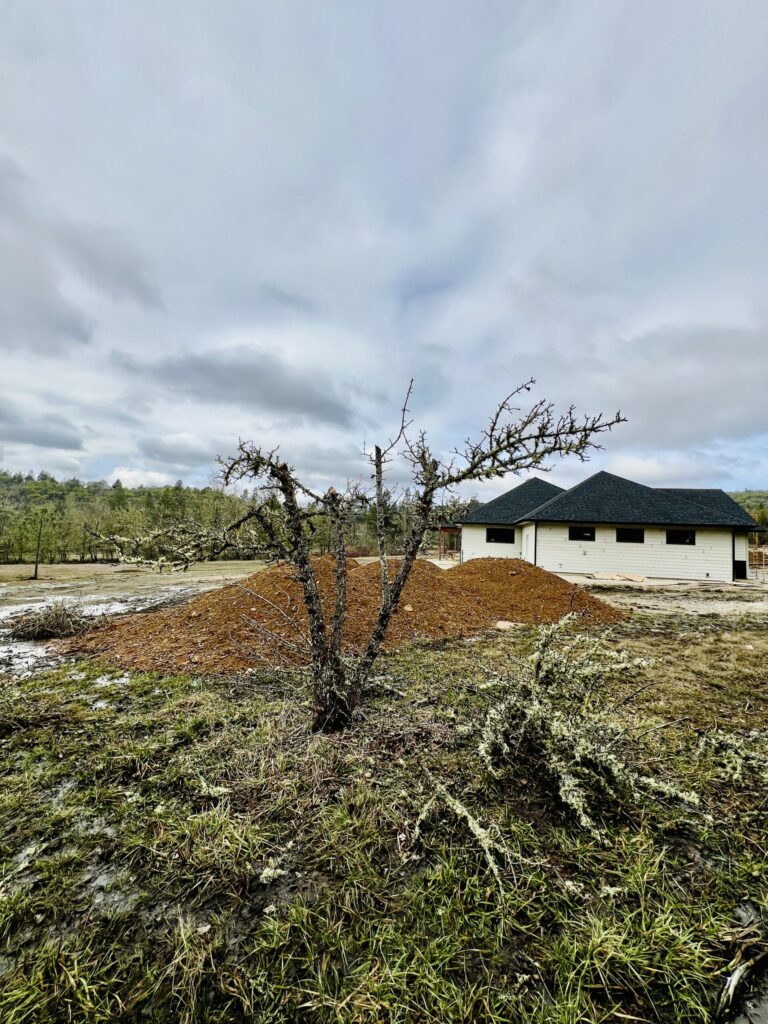



Thanks so much for the tips Shelley! Now I wish I had a pear tree! LOL
You’re welcome! I’m excited to see how well fruit thrives!
Thank you so much for the tips… now I want a pear tree! I need to try your recipe too. Thank you!
This recipe is so good! You’ll love it!